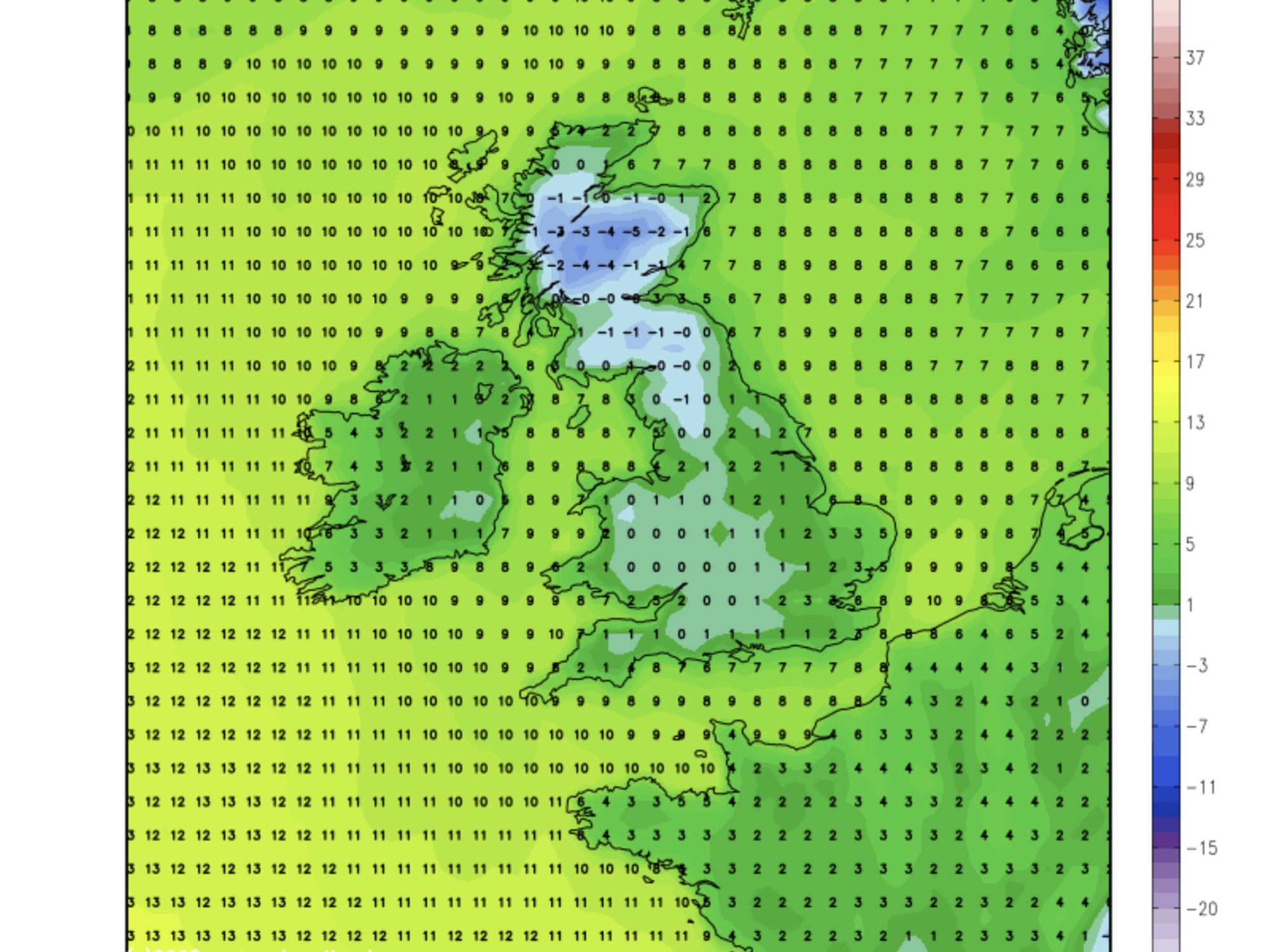Could your legs be sending a stroke warning? Doctor breaks down the key signs to look for

Britons have been urged to pay attention to changes in the appearance of their legs
Don't Miss
Most Read
As one of the nation’s most feared conditions, raising awareness of the causes and signs of stroke remains a top priority in medical circles.
Part of what renders the condition so deadly is its stealthy onset, as symptoms typically appear out of the blue, leaving little time for successful medical intervention.
But physical changes in your body may be warning you about stroke risk long before anything serious happens, according to medical expert Dr Zoe Lees from ZipHealth.
She told GB News that "some early physical changes can signal a higher risk of stroke, even before one actually happens".
TRENDING
Stories
Videos
Your Say
The most critical indicator is elevated or uncontrolled blood pressure, according to the expert, which is particularly concerning given that the warning sign rarely produces symptoms at all.
Routine GP appointments are therefore vital for monitoring readings, as even when levels become dangerously high, patients rarely feel anything wrong.

Fluid pooling in the lower limbs could indicate circulatory issues
|GETTY
Beyond blood pressure concerns, physical changes like leg swelling also deserve attention, according to Dr Lees.
This often indicates circulation problems, as fluid generally pools in lower limbs when the heart and blood vessels aren't functioning properly.
Sudden breathlessness can also point to cardiac issues that indirectly boost stroke risk. The expert said this could involve changes in heartbeat patterns, particularly irregular or unusually rapid rhythms, which are another red flag.
Less obvious signs include persistent tiredness, which Dr Lees notes "can be a warning sign of a transient ischaemic attack (TIA), sometimes called a 'mini-stroke'". This exhaustion might appear alongside unexplained weakness.
She continued: "Any sudden or unexplained change in how your body feels, or functions should be checked by a healthcare professional."
Sometimes, episodes of concerning symptoms can indicate a TIA, which Dr Lees describes as occurring when "blood flow to part of the brain is briefly blocked but does not cause permanent damage".
These temporary warning signs include vision problems like blurring or losing sight in one eye, struggling to find words or understand speech, and short dizzy spells that resolve independently.
Some people experience numbness or tingling down one side of their body for just minutes.
LATEST DEVELOPMENTS
Dr Lees warned: "TIAs are important warning signs and mean the risk of a full stroke is higher."
Getting a medical assessment quickly is crucial for preventing this from happening. It is equally important to distinguish stroke warnings from everyday symptoms, which mainly comes down to timing, according to Dr Lees.

Sudden onset of confusion can be a warning sign of stroke
|PEXELS
She explained that gradual headaches rarely indicate stroke, but "a sudden and extremely severe headache with no clear cause and is often described as the worst headache of your life" could signal stroke or brain bleeding.
The same principle applies to dizziness - feeling lightheaded when standing quickly is normal, but sudden dizziness without explanation, especially combined with weakness, speech problems, coordination difficulties or numbness, may indicate stroke.
Dr Lees insisted that "any sudden, severe, or rapidly worsening changes in vision, speech, or muscle strength should always be taken seriously and treated as a medical emergency".
Our Standards: The GB News Editorial Charter










